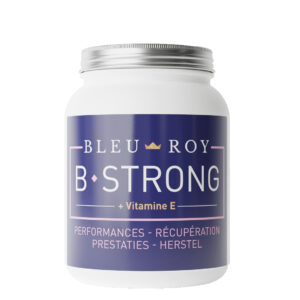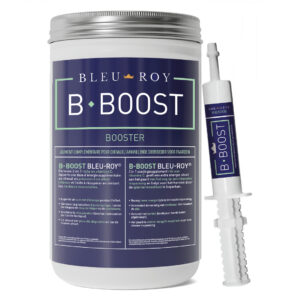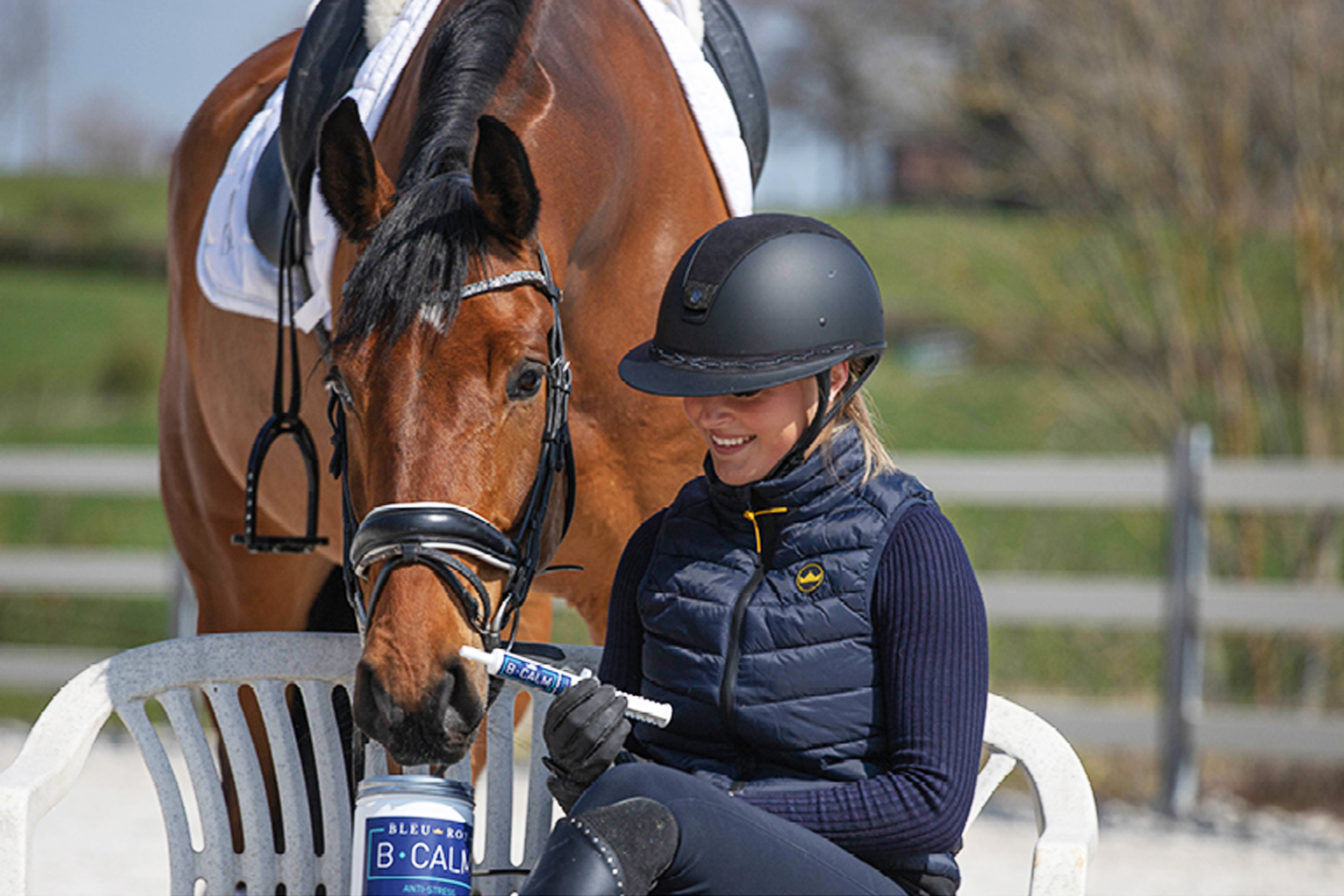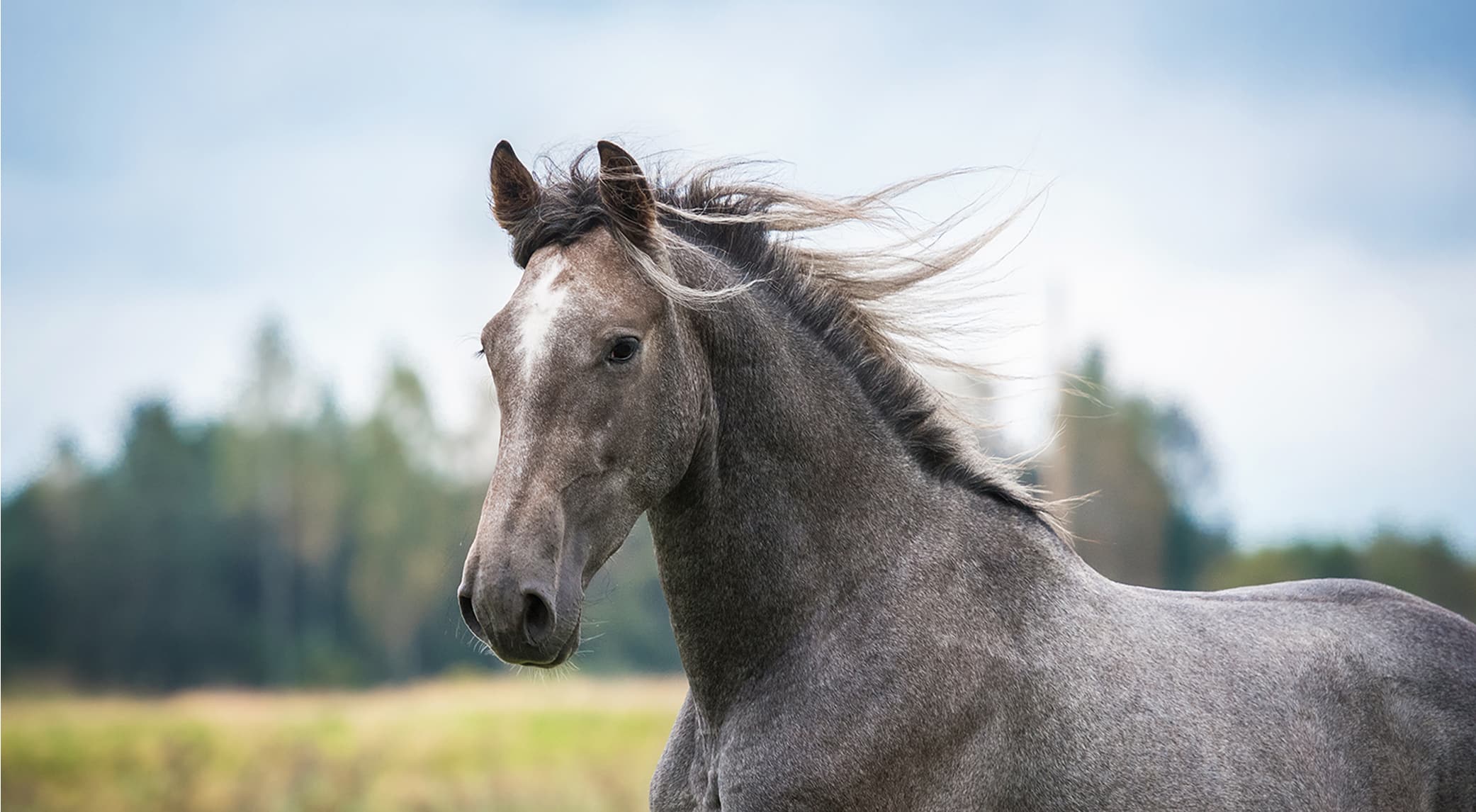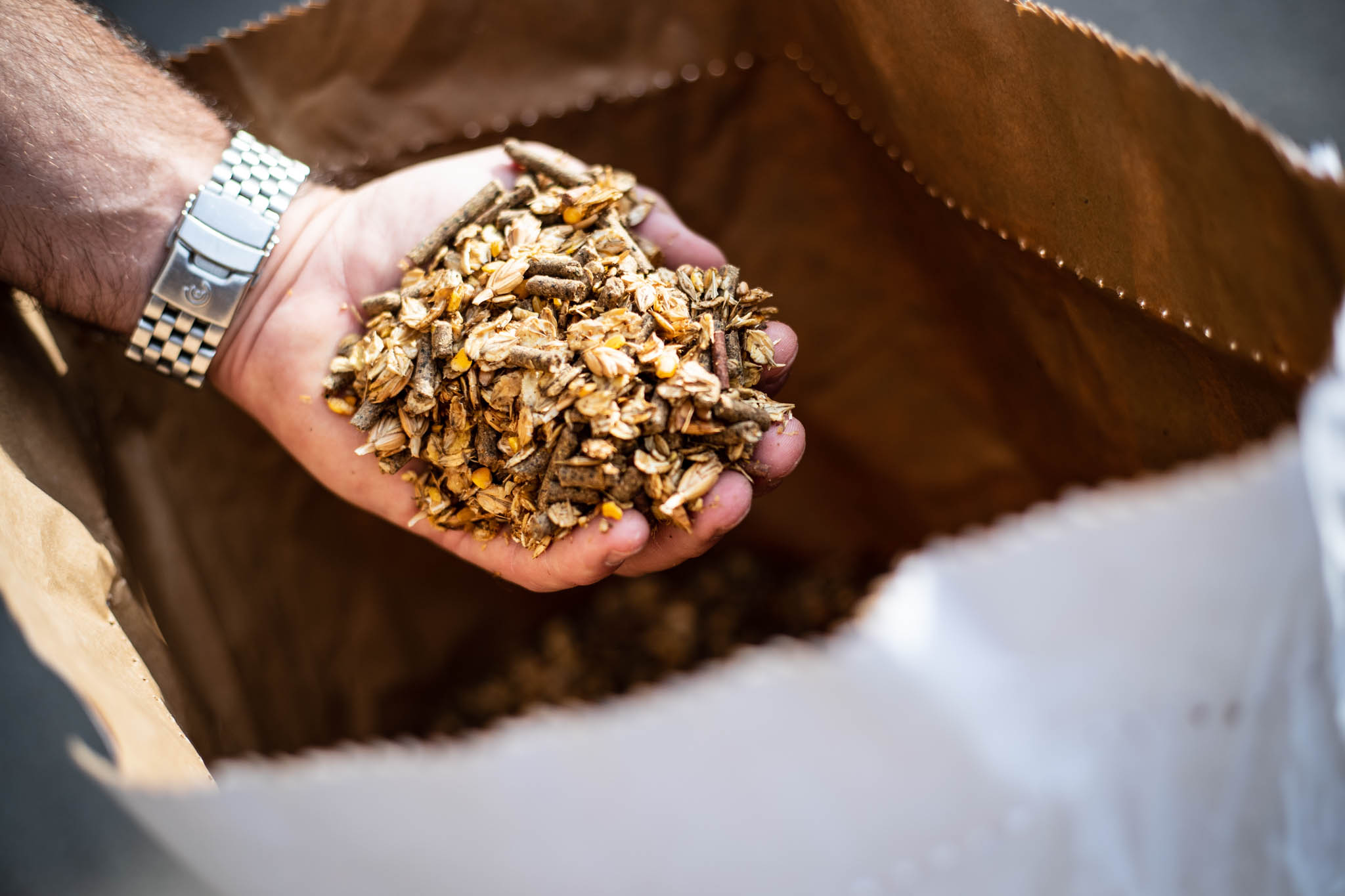Helping your Horse in the Best Way
Does your Horse Lack Endurance or Struggle to Recover? Is it Stiff, Sore the Day after Competitions? Bleu-Roy Helps You Understand why and how to Help it Feel Better in its Body.
Did you know that it is also important to supplement your horse’s diet so that it can more easily handle the efforts required by competitions and the sustained work during this period of repeated events?
Muscle Development, Endurance, Recovery
We encounter two types of muscle fibers:
Why are free radicals and lactic acid harmful?
At the muscular level, free radicals and lactic acid damage the walls of muscle cells, which leads to soreness and stiffness. At the respiratory level, they attack the cells that connect the respiratory alveoli and small blood vessels and are therefore involved in exercise-induced hemorrhages (a horse that bleeds from the nose following an effort, for example).
Anticipating problems
To be performant, the athletic horse must be resistant to effort and recover quickly to avoid stiffness and discomfort the day after competitions. This is especially important for competitions taking place over several days: if the horse is sore or suffering from muscle stiffness due to excessive lactic acid production, it will not be in shape the next day and will not be able to finish the competition in the best conditions.
In addition to adapted training, dietary supplements help the horse face intense efforts and competitions more easily and comfortably.
Bleu-Roy B-Strong:
Its purpose? To eliminate free radicals responsible for muscle stiffness as quickly as possible.
How?
Vitamin E captures these within its molecular structure and renders them inactive.
Selenium recycles this vitamin E loaded with waste and directly intervenes in their degradation. It is stored in the muscles, allowing them to act even more effectively. In our regions, it is also essential to provide selenium to horses because our soils, and therefore our forages, are deficient in it.
Beta-glucans help improve the physical condition of the horse during training and competition periods.
Four essential amino acids: lysine, methionine, threonine, and tryptophan which promote muscle mass gain during training.
In summary:
B-Strong stimulates the production of “slow” fibers and thus limits the solicitation of “fast” fibers during effort. It plays a preventive role in the production of lactic acid.
It can be used:
- As a long-term treatment, to help muscle development or to protect muscles during effort.
- Occasionally, during competition periods or intense efforts to improve recovery and reduce overall fatigue and soreness.
Bleu-Roy B-Boost:
Its purpose: to intervene in the elimination of lactic acid.
How?
Vitamin C is a powerful antioxidant that will capture free radicals. The risks of fatigue and muscle stiffness are limited, the horse recovers faster and is more quickly available in case of new effort.
Glucose will raise the blood sugar level, serve as a positive signal to the brain, which thus finds the energy necessary for the horse to quickly drink and eat after the effort. It also provides an extra boost to allow the horse to give its maximum during intense effort.
Sodium citrate will combat the harmful effects of lactic acid, delay the moment of “fatigue sensation” and limit the appearance of soreness.
Magnesium acts at the junction between the nerve cell and the muscle and promotes muscle relaxation.
Advice Bleu-Roy
During competitions, we recommend giving your horse two B-Boost: one before the effort and one after. The first will cover the phase of free radical appearance during the effort, and the second, the elimination phase after it. This delays the onset of fatigue and limits the destructive effects of free radicals and thus muscle soreness. Bleu-Roy B-Strong and Bleu-Roy B-Boost are therefore completely complementary for sport horses during competitions or intense efforts.

